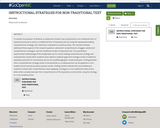
Please look at Abstract
- Subject:
- Reading Informational Text
- Social Studies
- Material Type:
- Case Study
- Reading
- Author:
- KYLE STERN
- Date Added:
- 05/12/2020

Please look at Abstract
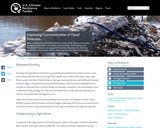
When a flood is forecast for the Red River of the North, community leaders, emergency responders, and residents around Fargo, North Dakota, and Moorhead, Minnesota, can gauge their need for preparation by accessing visualizations showing the extent, depth, and timing of expected flooding.
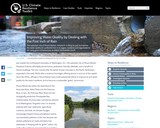
The suburban city of Mount Rainier, Maryland, is doing its part to improve the water quality of a polluted river in its region: residents and organizations are using green infrastructure to reduce stormwater runoff.
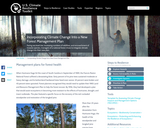
Facing sea level rise, increasing numbers of wildfires, and encroachment of invasive species, managers of a national forest chose to integrate climate change into their new plan.
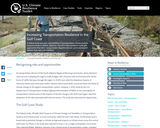
A federal study assessed vulnerabilities of transportation infrastructure to extreme events in Mobile, Alabama. The effort also resulted in tools and approaches that other transportation departments can use to assess and address their own vulnerabilities.
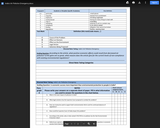
This is a close read of an article by The Staff Board of the New York Times where students will answer the question "What positive economic effects could result from decreased air pollution? If the gains are so great, what reasons does the article give for the current levels of non-compliance with existing environmental regulations?"
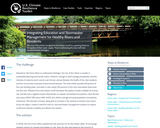
The City of Ann Arbor recognized stormwater runoff as a growing threat to the quality of their water supply. They're addressing the issue with two complementary strategies.
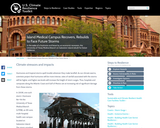
In the wake of a hurricane and beset by an economic recession, the University of Texas Medical Branch on Galveston Island rebuilt for future resilience.

Residents of North Slope Borough, Alaska, look to solar-powered ice cellars and other strategies to preserve their traditional whaling lifestyle.
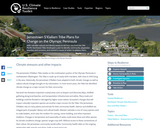
With valuable cultural and dietary assets at risk from sea level rise, this Pacific Northwest Tribe developed a plan to identify community adaptation priorities and concerns, and charted a course of action to address them.

Dense populations of some microscopic algae (phytoplankton) in ocean waters can contaminate seafood, resulting in serious health problems for humans. Satellite data displayed in an online tool help fishermen monitor and avoid these harmful algal blooms.

Project Learning Tree lessons based on the Lorax story including Land Use and Forest Management Planning

This is a project that follows the PBL framework and was used to help students master the fundamentals of probability, specifically the laws of probability (NC.M2.S-CP.1 to 8). Note that the project was designed and delivered per the North Carolina Math 2 curriculum and it can be customized to meet your own specific curriculum needs and resources.
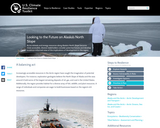
As ice retreats and energy resources along Alaska's North Slope become more accessible, diverse stakeholders consider potential futures and develop a science-informed view of the implications of development in the region.
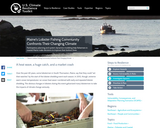
Over the past 40 years, some lobstermen in South Thomaston, Maine, say that they could "set their watches by the start of the lobster shedding event each season. In 2012, though, extreme warm ocean temperaturesan ocean heat wavecombined with early and repeated lobster shedding. The obvious changes in lobsters during this event galvanized many lobstermen to take the impacts of climate change seriously.
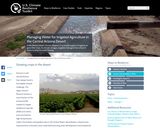
In the Arizona desert, farmers depend on an ample supply of irrigation to grow their crops. As climate changes, irrigation managers face a host of issues to keep the water flowing.

In the face of a changing climate, the Tribe is building capacityand climate resiliencethrough forestry management, habitat protection, and an innovative approach to healthy eating.
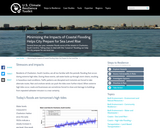
Several times per year, seawater floods some of the streets in Charleston, South Carolina. Taking steps to deal with this "nuisance" flooding can help the city prepare for sea level rise.

As Public Works Director of Nogales, Arizona, Alejandro Barcenas works to ensure a safe and secure water supply for the city’s 20,500 residents. His task isn’t easy: the city is located in an arid region just north of the United States–Mexico border, and its entire supply comes from groundwater.
Half of Nogales’ water comes from alluvial aquifers that are highly responsive to rainfall events. Though this convenient source of water recharges easily, it is also vulnerable to climate-related changes such as reduced precipitation and increased evaporation. The other half of the city’s groundwater comes from a lower-quality source—this water is more expensive to produce. To optimize the use of the two sources of groundwater into the future, Barcenas is contributing to the development of a modeling tool that simulates how the aquifers may change in response to climate.
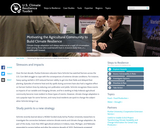
Climate change adaptation isnt always welcome as a topic of conversation, even among those who could benefit from it. A recent study hints at a possible path forward.